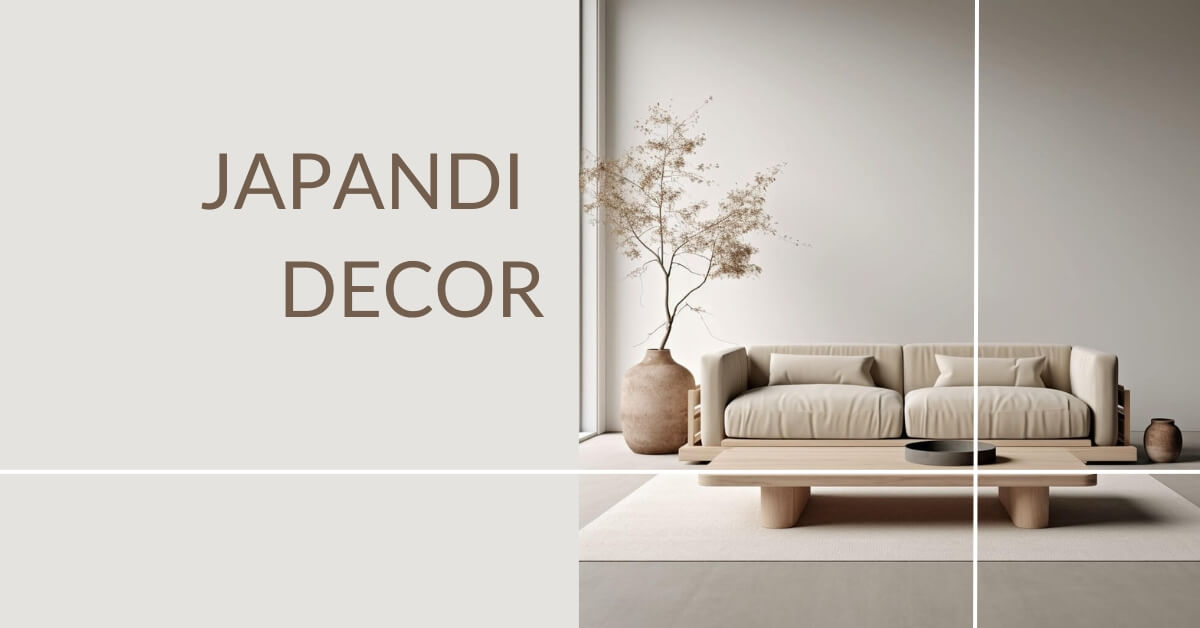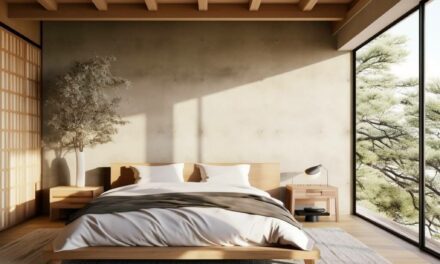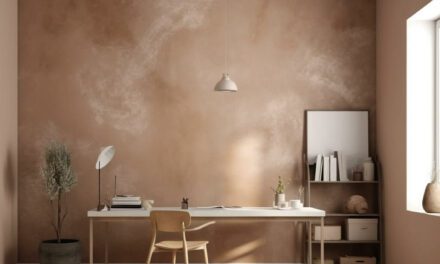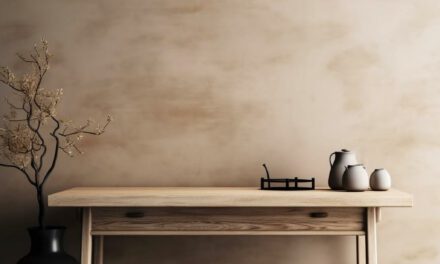What is Japandi decor style?
Japandi style decor isn’t just a design trend; it’s a blend of cultures, and a celebration of Japanese minimalism with the comfort and functionality of Scandi design.
For me, neutral color palette sets the stage, with elements of wood, stone, and natural fibers wherever possible connecting you to nature.
I focus on creating spaces that are warm and inviting, and calming in their simplicity. But they’re also just as functional and practical – a space that’s easy to live in brings as much calm and peace as minimalist interior design aesthetics does.
Here are my 5 quick tips to make a space uniquely Japandi:
- Use low-profile Japandi style furniture in natural materials.
- Use natural materials such as wooden furnishings, stone accents, and indoor plants.
- Layer your textures with linen curtains, wool throws, and cotton rugs (adding that Scandinavian comfort and coziness)
- Stick to neutral colors with occasional splashes of muted greens, blues, or earthy tones.
- Try to find handmade, artisanal decor pieces – embrace the imperfections of handmade decor!
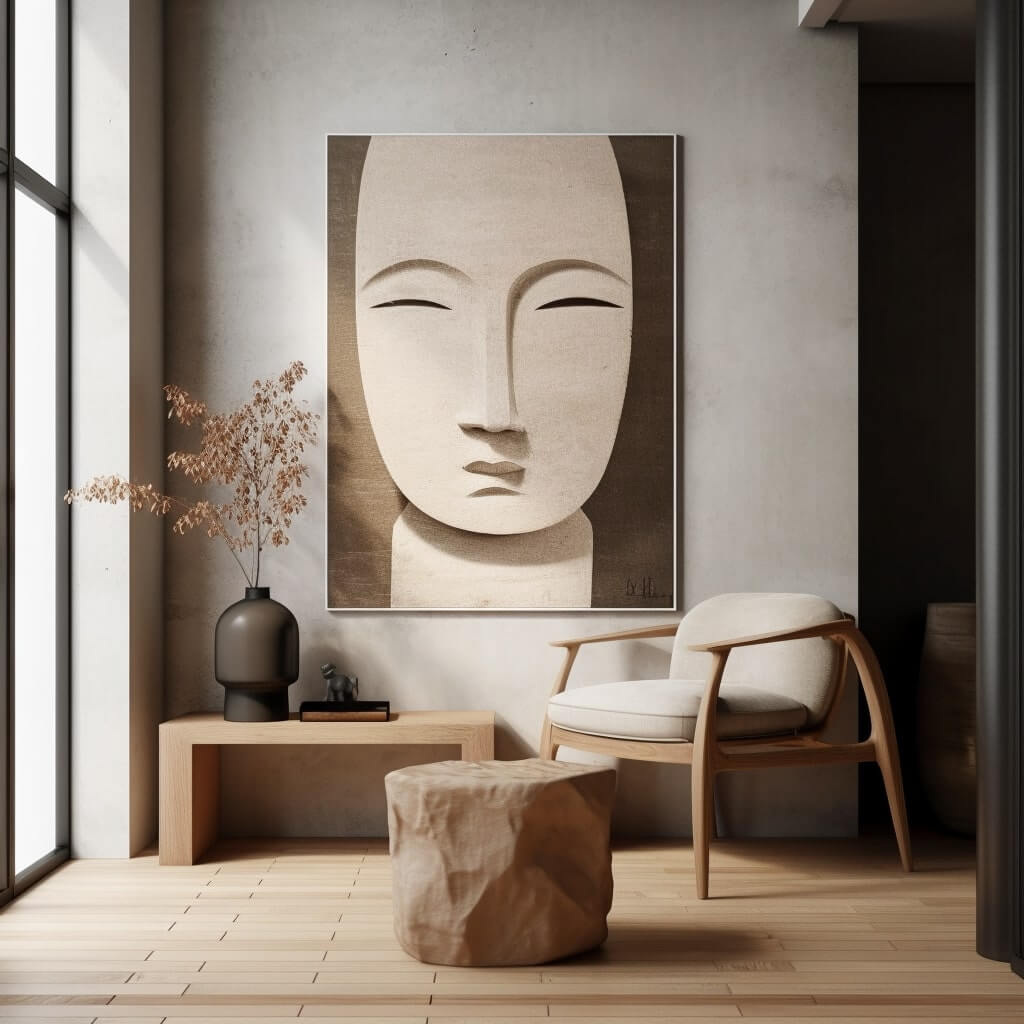
What about more modern Japandi decor?
Japandi itself is a modern design trend, having come to life predominantly in 2017 and boomed during the 2020 pandemic.
But for me, there are some aspects of Japandi decor that are a little less traditional and a bit more forward-thinking.
Streamlined furniture, modern Japandi lighting fixtures, and high-tech appliances (eco-friendly, too) find their place in these spaces.
When it comes to technology, I try to embrace its practicality.
Japandi is all about functional living, so if a smart thermostat or automatic lighting makes your life easier, then great – that feeds into the philosophy of mindful living that Japandi celebrates.
Here are a few tips for decorating your home or apartment in Japandi style:
- Look for furniture with a modern profile but in materials that evoke a sense of nature.
- Try to pick out modern art pieces that share your Japandi color palette and aesthetic.
- Aim to use streamlined lighting fixtures that illuminate the space while adding a contemporary touch.
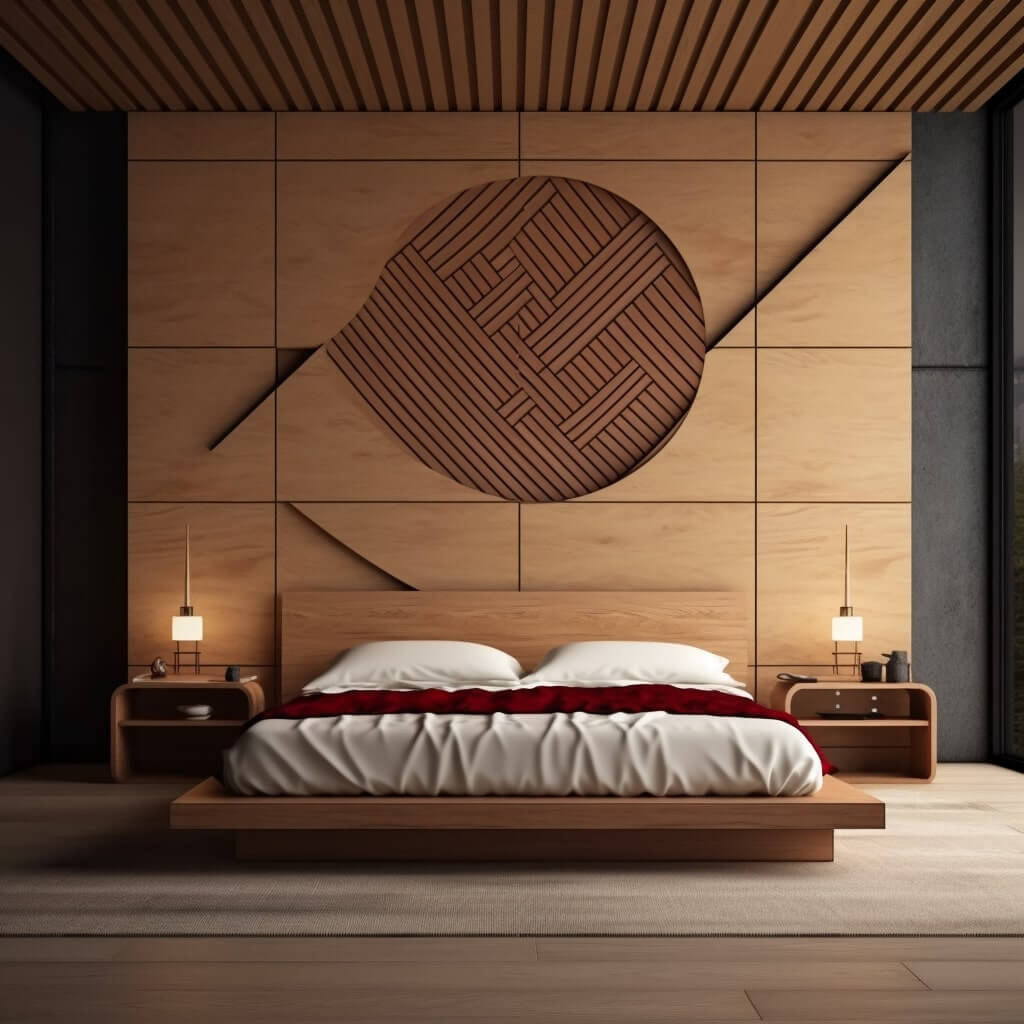
Japandi wall decor
When it comes to wall decor in Japandi style, I find it can be a masterclass in elegance and restraint.
I think simple, nature-inspired artwork can be a statement piece. But it’s also popular to have unadorned wooden shelves to display a few handpicked items that reflect your personality.
You don’t want to over-decorate a Japandi room, though.
I find that clutter and an overcrowded space can be stressful in our day-to-day living. I tend to tick with a few statement pieces, and let the blank spaces in my home breathe.
A few tips for Japandi wall decor:
- Use floating picture frames to display minimalist Japandi wall art or family photos.
- Choose wall hangings made from natural materials, like a woven wall tapestry.
- Consider a muted, textural wallpaper to add warmth and depth.
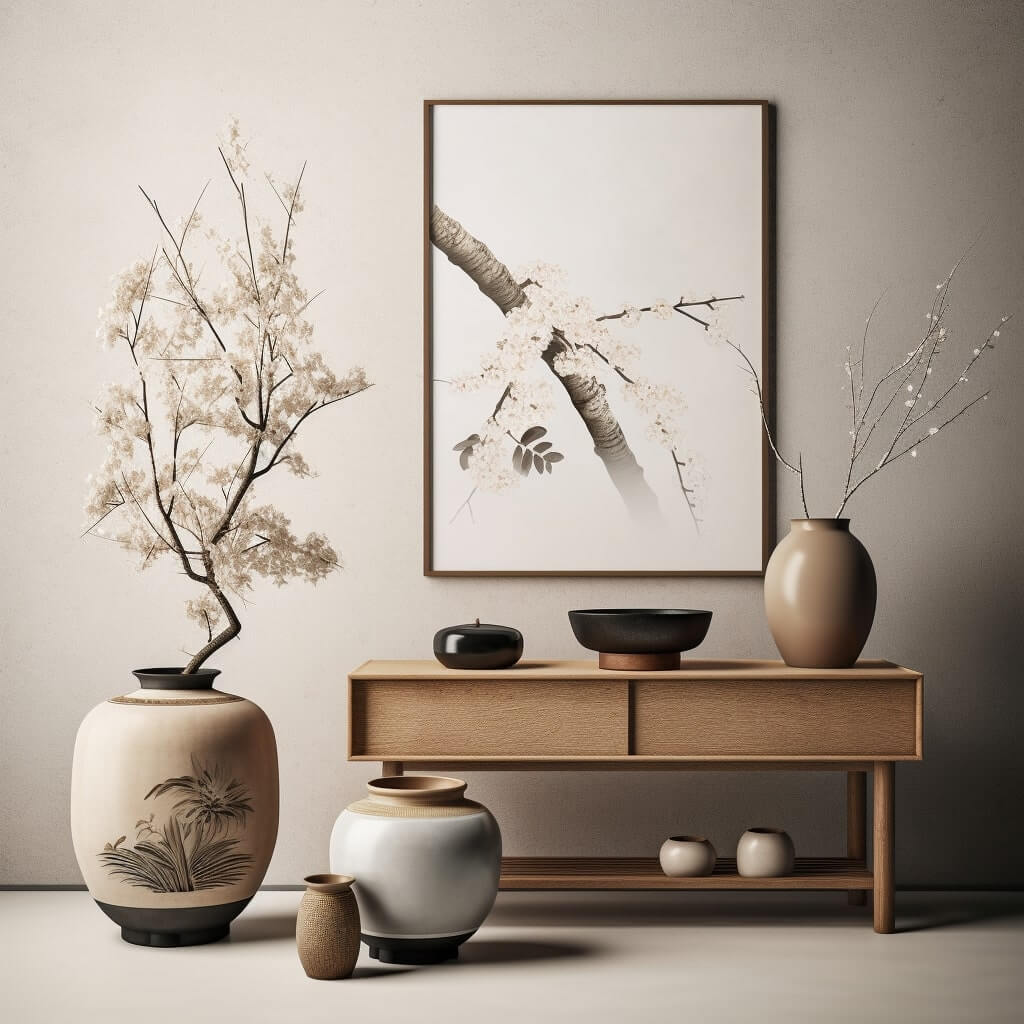
Japandi living room decor
Your Japandi living room decor should be all about tranquility.
Think an elegant floor lamp for warmth, a handwoven rug for coziness, and well-placed greenery bringing a slice of nature indoors — each piece has a role in setting the peaceful ambiance.
Here are my go-to’s:
- A low, streamlined sofa in a neutral color, accented with comfortable, textured cushions.
- A minimalist coffee table made from natural, unfinished wood.
Japandi bedroom decor
In your Japandi bedroom, the bed is the star of the show.
Your Japandi bed ideally rests on a simple, low-profile frame made of natural materials. And get yourself some softly colored bedding that’s simplistic and cozy.
I love to pop in a minimalist bedside table in with a sleek lamp for reading and more natural lighting.
- Use a low-profile Japandi bed frame, topped with simple, crisp bedding in neutral tones.
- Pick out bedside tables that are minimalist yet functional.
- Maybe hang a nature-inspired piece of art above the bed.
- Throw rugs are great – perhaps in a natural material for warmth and texture.
- Wardrobes and drawers should be clutter free and functional – smooth draws that are easy to pull out and use.
- Don’t overcram your drawers – be vigilant with your clothing and only keep what you cherish and wear regularly
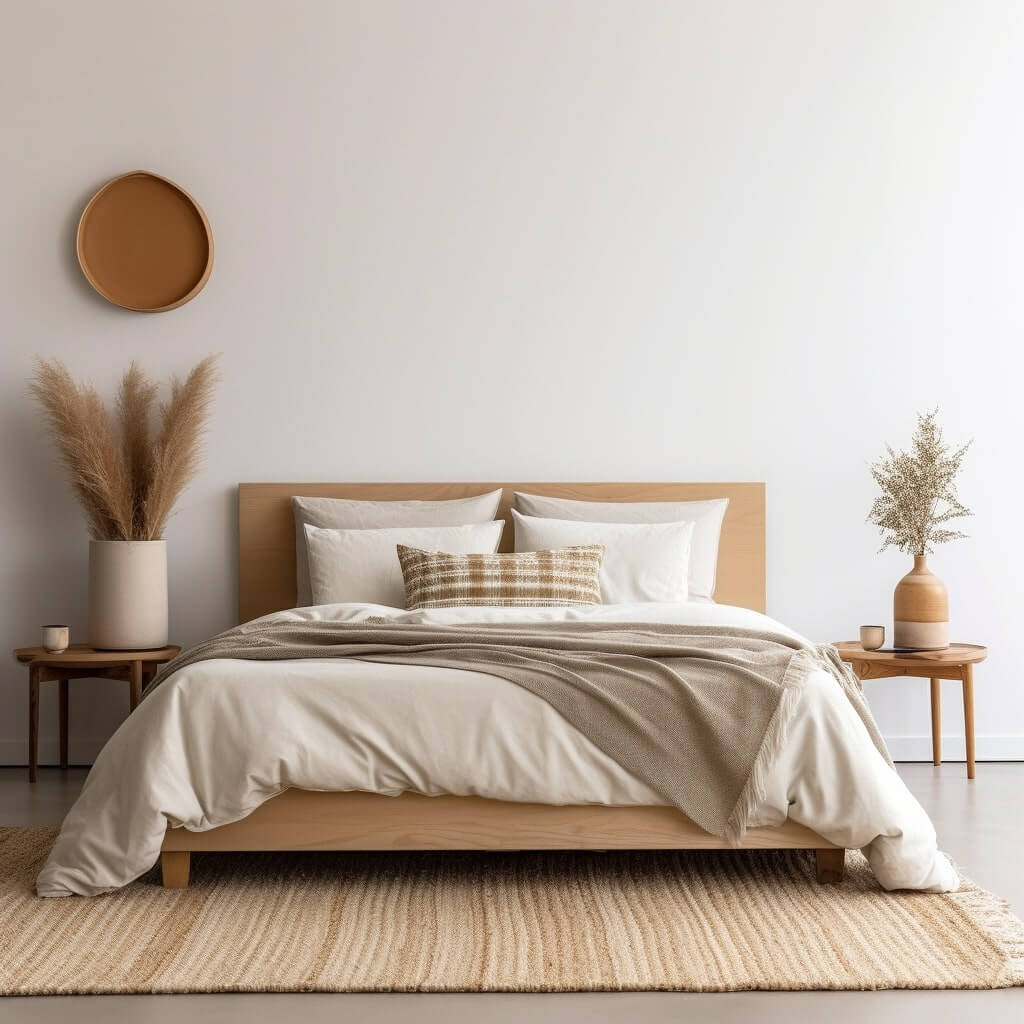
Japandi bathroom decor
Japandi bathrooms should aim to have spa-like energy.
If you have the space for it, walk-in showers and wetrooms are brilliant.
Stone and wood elements should also be a priority in terms of materials.
And clutter-free surfaces will help maintain your minimalist aesthetic.
I encourage you to think carefully about the layout and storage of your bathroom, so that you have space for everything comfortably, without overcrowding your bathroom with furniture.
While you’ll want some forms of warm lighting, don’t forget you’ll need bright and more direct lights for some tasks in the bathroom.
- Think about a stone sink or a wooden vanity to get natural materials in.
- Go for sleek, modern fixtures.
- Use open shelving to store towels and toiletries.
- Don’t forget a few indoor plants if you have the space.
For me, Japandi decor is more than a decorating style; it’s a philosophy, a way of living.
It’s about embracing balance, minimalism, and a strong connection to nature.
It’s about valuing the functionality and comfort we need in our modern lives, while cherishing the simplicity that brings peace.
I try to keep this in mind when designing Japandi bathrooms.
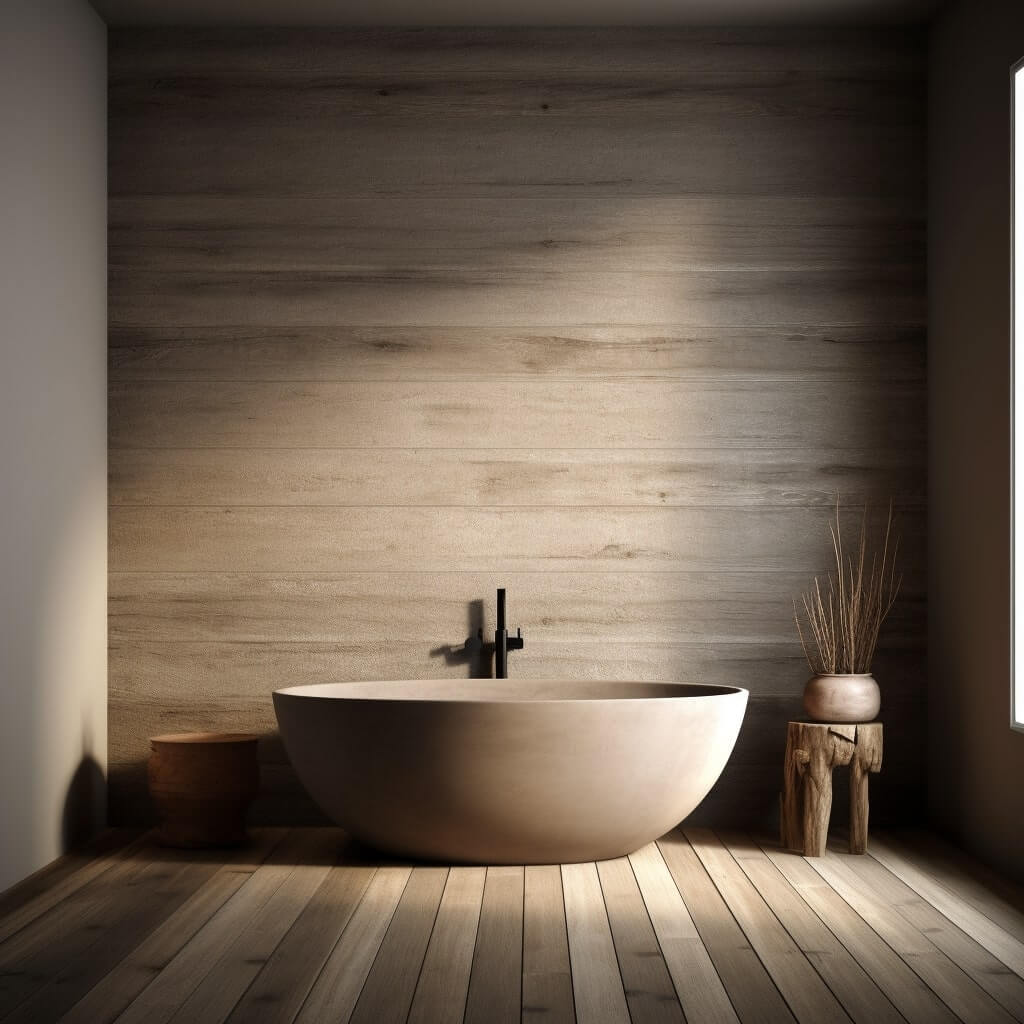
Japandi kitchen decor
A kitchen lends itself perfectly to the Japandi decor style.
I think the minimalist aesthetics of Japanese design looks incredible in the kitchen and evokes tranquility.
But there’s no use in having a beautiful kitchen if it’s not practical and you don’t use it.
That’s where the Scandinavian functionalism comes in.
In a Japandi kitchen, everything should be in its intended place and have its own home to go back to so you can keep surfaces clear.
I also think eco-friendly practical appliances are worth investing in.
- You can use sleek, wooden cabinets with minimalist hardware.
- Go for modern appliances that blend seamlessly into the cabinetry.
- A stone or concrete countertop adds beautiful texture and a natural element.
- Use open shelves at points to display some beautiful Japanese or Scandinavian dishware
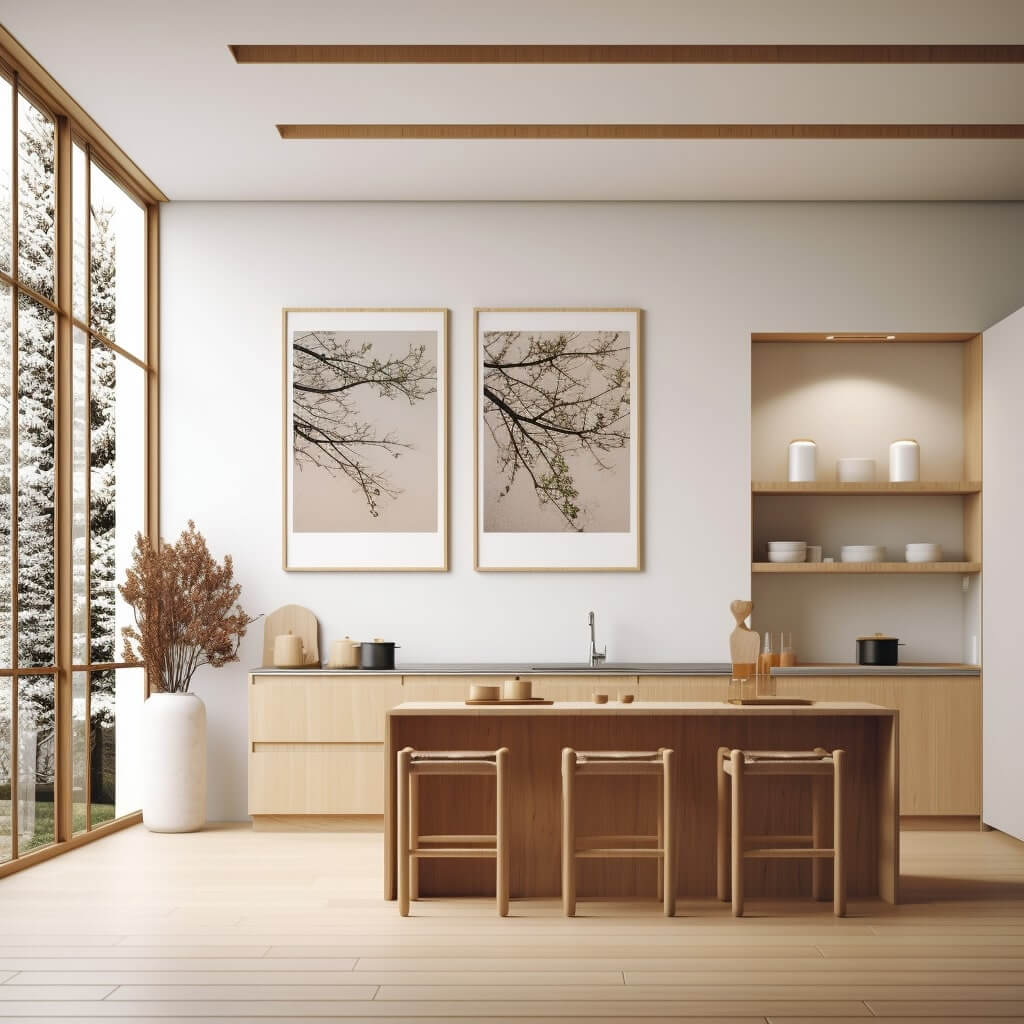
Japandi Living through decor
Japandi decor is all about inspiring that sense of Japandi living – peaceful, Zen-like inner wellness and calm.
I believe you can’t properly relax at home unless your home is designed efficiently and practically for you.
I find that open-plan living can create a sense of flow and harmony throughout your home.
And choosing furniture pieces that serve multiple functions helps that usability factor for your spaces.
I also love to create separate zones within a room using rugs, screens, or different floor levels to mimic the multifunctional nature of traditional Japanese homes.
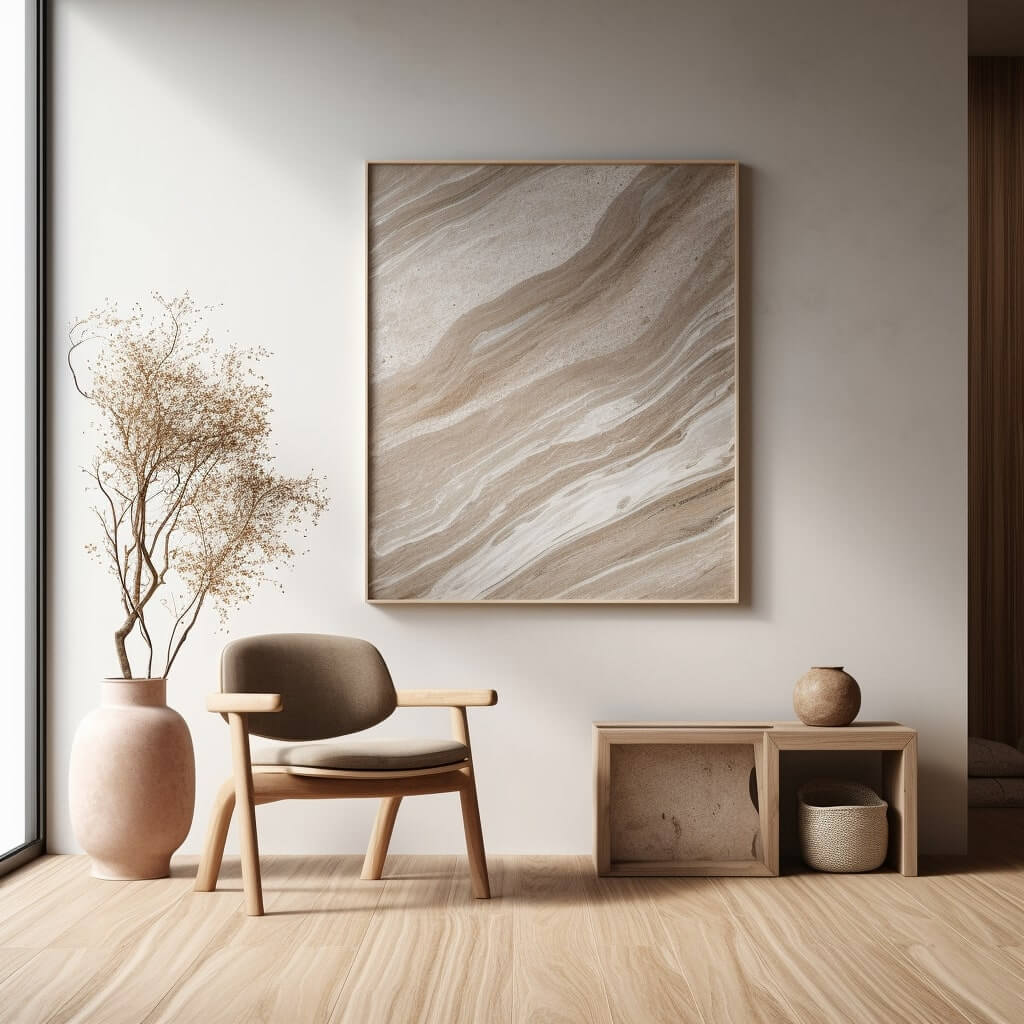
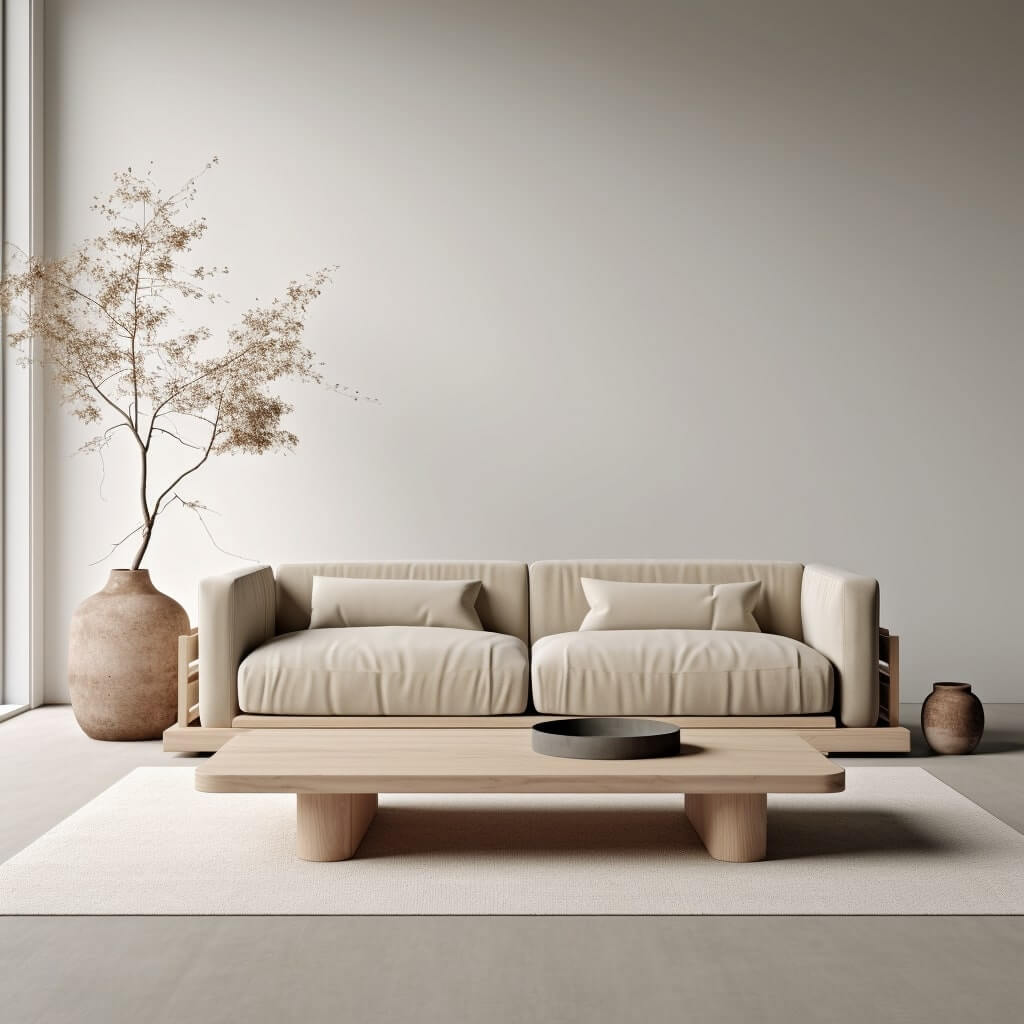
What is Japandi style decorating?
Japandi style decorating blends the minimalism of Japanese aesthetics with the functionality of Scandinavian design, using natural materials, muted colors, and a balanced use of space to create a serene and inviting atmosphere.
What are the rules for Japandi style?
Key rules for Japandi style include embracing minimalism, using natural materials, opting for a muted and natural color palette, striking a balance between form and function, and incorporating nature into your decor.
How to make a Japandi style home?
Create a Japandi style home by decluttering, choosing furniture that combines simplicity and function, using a muted color palette, incorporating natural materials like wood and stone, and adding plants for a touch of nature.
What colours are used in Japandi style?
Japandi style uses a muted color palette that blends cooler Scandinavian hues with warmer tones found in Japanese design, such as earthy browns, greens, and neutrals.
What is the difference between Scandi and Japandi?
While both styles value minimalism and functionality, Japandi blends the brighter, cooler Scandinavian palette with warmer, natural tones common in Japanese design and places more emphasis on natural materials.
What is the difference between boho and Japandi?
Boho style is eclectic and colorful, with a mix of patterns, textures, and decorative elements. Japandi, in contrast, is minimalist, favoring muted colors, natural materials, and simple, functional design.
What is the history of Japandi interior design?
Japandi is a relatively new style that emerged in the late 2010s. It brings together the long-standing traditions of Japanese design and Scandinavian (or “Scandi”) design to create a harmonious blend of both cultures.
What are some Japandi decor ideas?
Japandi decor ideas include incorporating handmade ceramics, adding a mix of indoor plants, using furniture made from natural materials, keeping the color palette muted, and creating an open, minimalist space.
What is modern Japandi decor?
Modern Japandi decor continues to combine Japanese minimalism and Scandinavian functionality, but it also incorporates contemporary design elements, such as clean lines, geometric shapes, and innovative use of materials. It stays true to the natural color palette and prioritizes sustainability.







